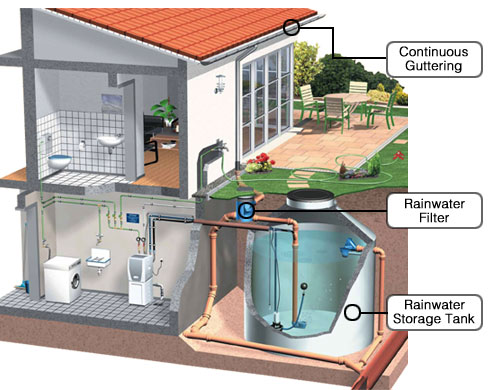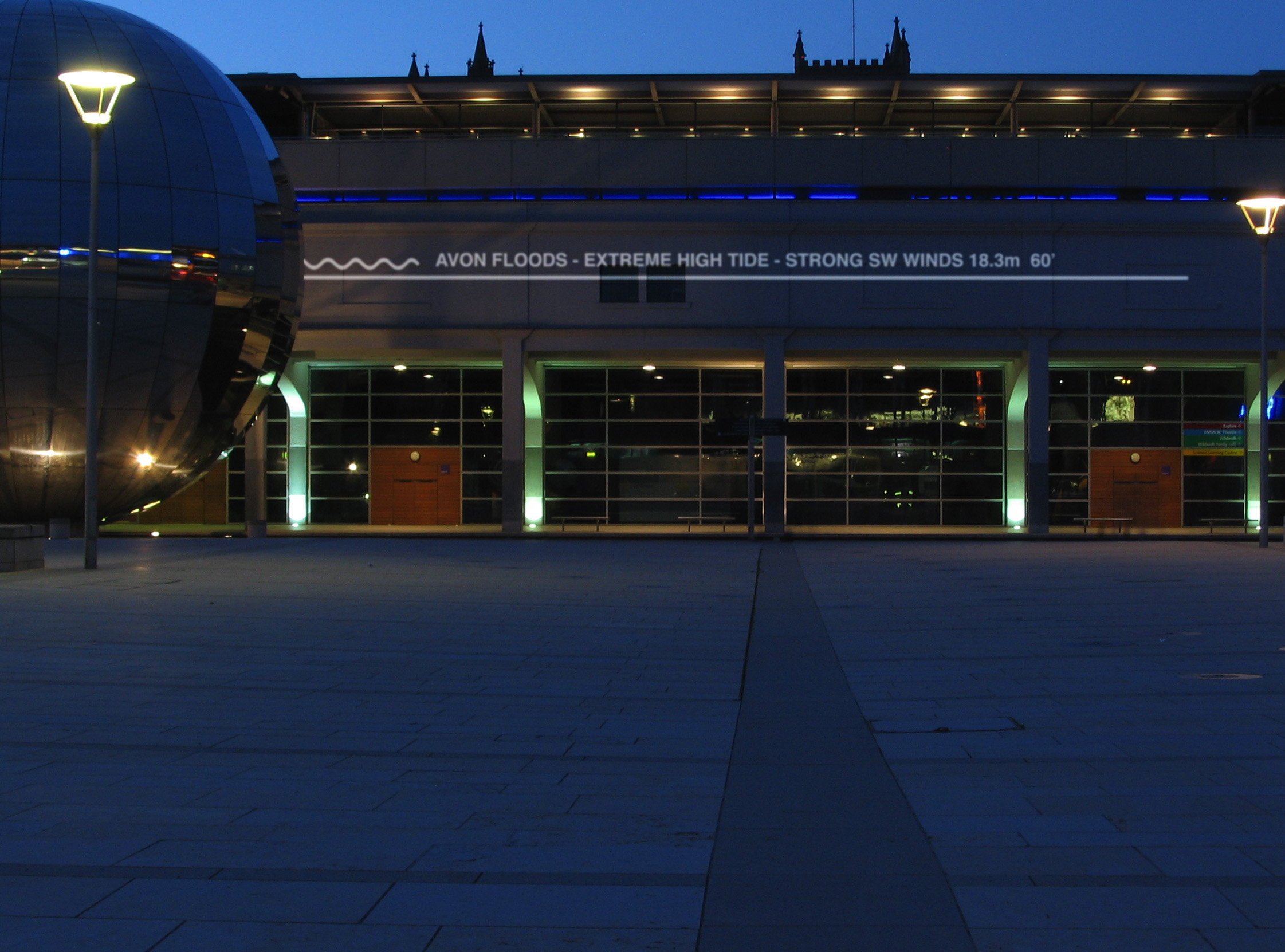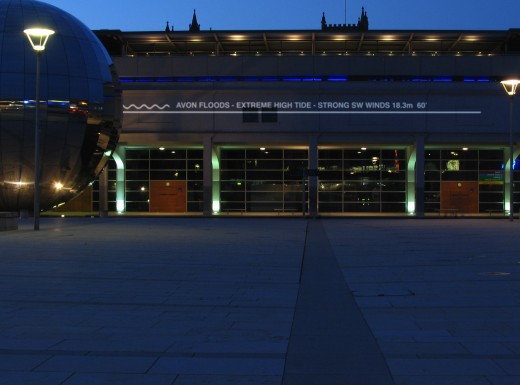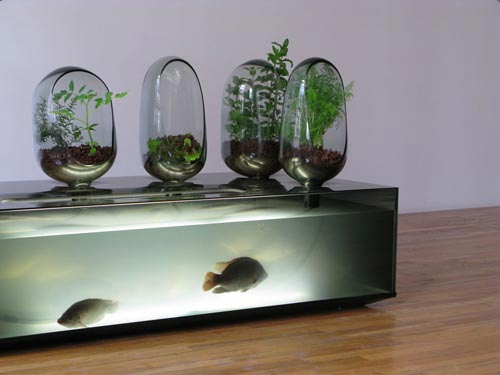
This concept may not be overly fitting for Windsor’s current financial hardship in terms of unit costs, but rainwater harvesting units could prove to be very cost-effective in the long-run.
Research has and is being done at the University of Guelph to produce a successful rainwater harvesting system. The system was designed by two engineering graduate students in collaboration with a local supplier of rainwater harvesting technology.
According to University of Guelph, the harvesting process goes like this: “Rainwater that lands on the home’s fiberglass roof will be collected in roof gutters and downspouts and diverted to a filtration device before it is carried to a 6,500 litre underground cistern. The stored water will be pressurized and piped into the home to supply water to three toilets, the washing machine, and the dishwasher. The collected rainwater will also supply water to an underground irrigation system. This would account for over 50% of water consumption in a typical home.”
I was unable to find photos of the U of Guelph version of this project, but did find some diagrams which visually explain the process quite well.
[Article]




